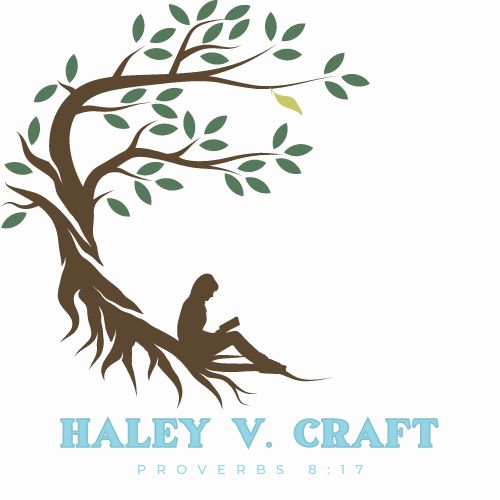After coming into the house they saw the Child with Mary His mother; and they fell to the ground and worshiped Him. Then, opening their treasures, they presented to Him gifts of gold, frankincense, and myrrh.
—Matthew 2:11
The next gift of Christmas is myrrh, and just like the other gifts associated with the first Christmas, it is heavily symbolic with layers and layers of meaning just waiting to be unwrapped.
It also shares some similarities with frankincense in that it is sap from a tree that emits a strong fragrance. Interestingly enough, there are several ways in which the function of frankincense and myrrh seem to overlap, but where frankincense is sweet and citrusy in scent, myrrh is more bitter.
Layer 1: The tree from which we get myrrh represents the curse.
Myrrh comes from the Commiphora tree. This tree has several interesting features that relate to the curse in Genesis. First, it is a fruiting tree just like the tree of the knowledge of good and evil in the Garden of Eden. It doesn’t produce nuts or cones of some kind, but a fruit that looks a bit like a small plum or a large fig.
This tree is also covered in thorns, which was one of the aspects of the curse that resulted from Adam and Eve’s sin. In addition, myrrh can only be produced by cutting stripes into the bark so the resin, which turns a reddish-brown color when dried, can be extracted.
In this one tree, God combined the fruit found in the Garden before the fall, the thorns that resulted from the fall, and the foreshadowing of the blood of Christ that would reverse the effects of the curse.
Layer 2: Myrrh was one of the main ingredients in holy anointing oil.
Holy anointing oil was used for three main things—anointing priests, anointing the tabernacle, and anointing kings. But it wasn’t your everyday extra virgin olive oil. It was an ointment prepared with a very specific blend of olive oil and spices. The first of the spices listed in Scripture was myrrh. Not only was it first, but it was also required in a higher quantity than most of the other spices. Myrrh was a big deal when it came to making holy anointing oil.
The three uses for this oil are interesting as well. Priests were mediators between God and His people. The tabernacle was representative of God’s presence. Kings were leaders who united people under their leadership. Jesus is all three. He is our mediator before the Father, the physical presence of God we will one day enjoy if we have placed our faith in Him, and the leader before whom every nation and tribe will bow. Because myrrh was such an important ingredient in holy anointing oil, the gift of myrrh pointed to Jesus’s beautifully complex identity.
Layer 3: Myrrh was a symbol of death.
Another common use for myrrh was in embalming. Its powerful scent helped keep the stench of decay at bay. Because of this use, myrrh was commonly associated with death. As a result, many people (rightly, I think) look at the gift of myrrh as foreshadowing Jesus’s death and burial.
Layer 4: Myrrh was used to treat pain.
This last layer is one I find humbling. Turns out myrrh works pretty well as a painkiller. It works similarly to opioids, and it was not uncommon in Jesus’s day for people to give someone who was being tortured in some way, like being beaten or being hung on a cross, myrrh mixed with wine out of mercy. It would deaden the pain and sometimes even render them unconscious so they would no longer suffer.
Here’s the humbling part. When Jesus was on the cross, He was offered myrrh mixed with wine. He was offered an out, a way to escape the pain He was experiencing on our behalf. And He didn’t take it. He was there to take our pain on Himself and He submitted to feeling it fully so that when He rose again, He could become our myrrh and take away our pain in eternity.
There’s a narrative in the layers of this gift as well. Because of the curse, our high priest and king came to die in our place, and he refused to shrink from the pain so we could have our pain taken away. It’s the story of Calvary again, woven into the layers of some of the very first Christmas gifts ever given just like with frankincense.
There is such intention in it. It was no coincidence that the Magi chose to bring Jesus one of the main ingredients of the holy anointing oil that had also become associated with death. God was in control and was working to bring about our salvation from the very beginning. What a wonderful God we have! Merry Christmas!






0 Comments